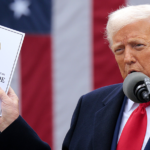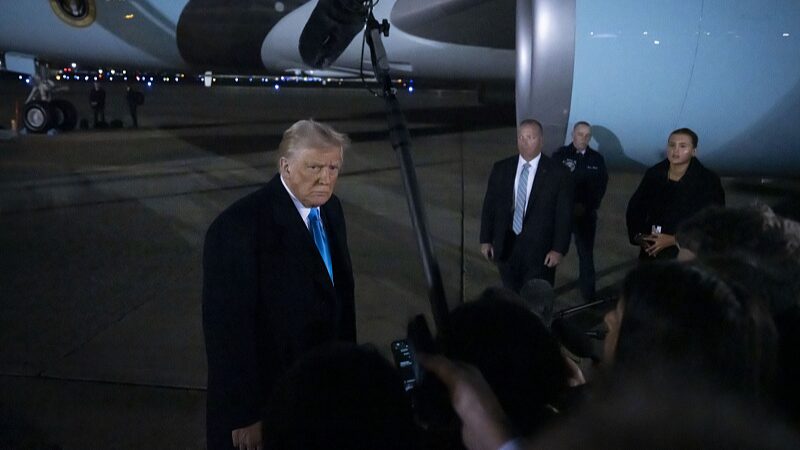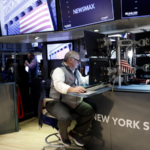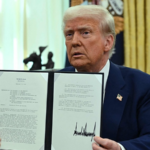Trump Signs 'Reciprocal Tariffs' to Level the Trade Playing Field 🇺🇸💼
U.S. President Donald Trump has taken a big step to shake up international trade by signing a memorandum that will introduce 'reciprocal tariffs' on foreign trading partners. But what does this mean for global trade and the U.S. economy? Let’s break it down! 📈🌍
In his announcement at the White House, Trump emphasized fairness, stating, \"Whatever countries charge the United States of America, we will charge them no more, no less. Very simple.\" This approach is part of what's being called the 'Fair and Reciprocal Plan,' aiming to reduce the U.S. trade deficit and address what the administration sees as unfair trading practices.
Under this plan, the U.S. will examine its trade relationships with each partner individually, matching their tariffs on the U.S. with equivalent rates. This is a shift from the traditional World Trade Organization (WTO) approach, which looks at the overall balance of trade between countries.
However, experts like Gary Clyde Hufbauer warn that Trump’s definition of 'reciprocity' could lead to higher tariffs—potentially 10 to 15 percentage points above current rates. While higher tariffs could boost government revenue, they might also slow down GDP growth and create tensions with trade partners. 😟📉
As countries respond with their own measures, this move could spark a trade war, impacting everything from the prices of everyday goods to international business relations. Stay tuned as this story develops and see how it might affect you! 💥🛒
Reference(s):
Trump signs plan to impose 'reciprocal' tariffs on trading partners
cgtn.com







